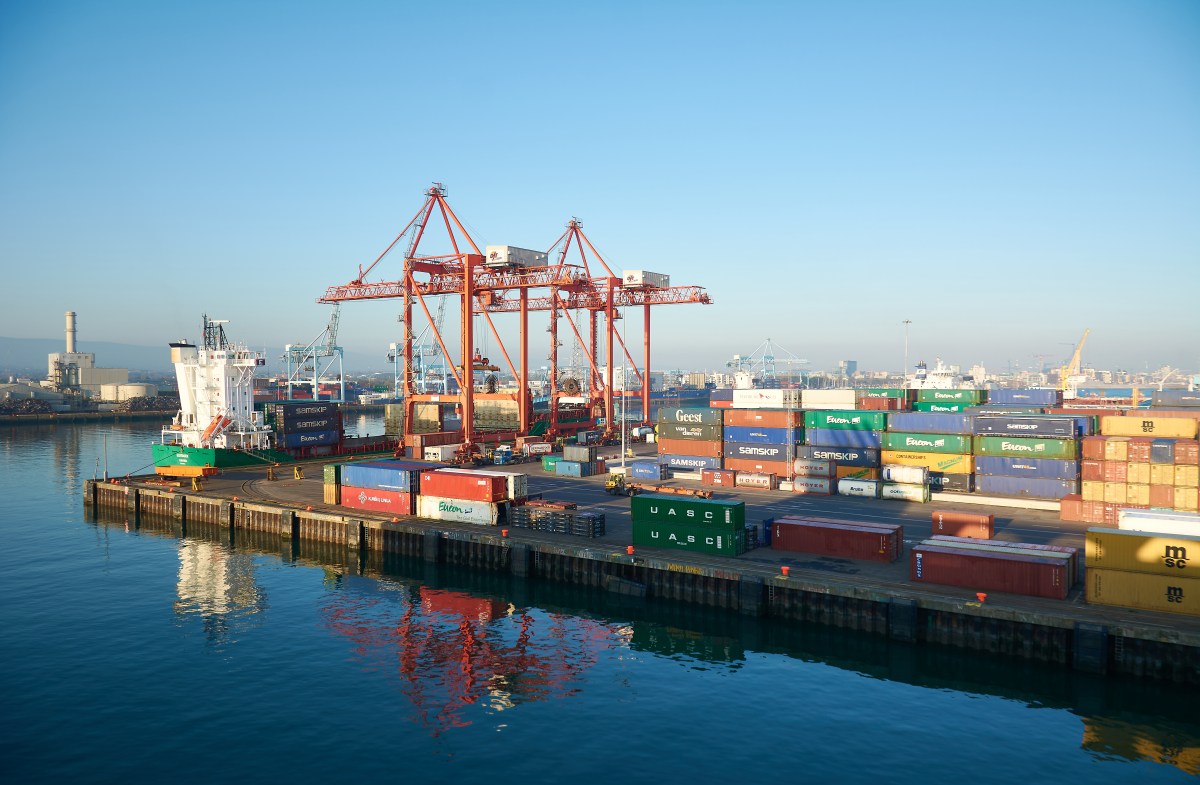Overview:
The European Union this week introduced the world's first carbon import levy — the Carbon Border Adjustment Mechanism (CBAM) that calculates levies based on the carbon dioxide (CO2) emitted when producing carbon-intensive goods like steel, aluminium, and fertilisers.
The European Union this week introduced the world’s first carbon import levy — the Carbon Border Adjustment Mechanism (CBAM).
The mechanism calculates levies based on the carbon dioxide (CO2) emitted in the production of carbon-intensive goods like steel, aluminium, and fertilisers. It has two objectives: to incentivise the decarbonisation of global supply chains, and to protect EU-based producers from being undercut by foreign competitors that aren’t subject to similar carbon costs.
Given its recent introduction, the CBAM’s efficacy remains to be seen but it does hold significant potential for reshaping international trade and carbon emission geopolitics, says Tim Figures, an EU trade regulation expert and Boston Consulting Group Associate Director.
“It’s the first such system in the world and its effectiveness is yet to be tested. Nevertheless, it’s likely to have profound implications for international trade and geopolitical dynamics pertaining to carbon emissions, especially if other major economies adopt similar systems,” he said.
Impact across global supply chains
The impact of the CBAM will have a diverse and far-reaching impact across global supply chains. Non-EU producers with high carbon footprints will find it more challenging to compete in the EU market, as carbon costs will be added to their exports. Consequently, end users in the EU may face higher prices and could begin to seek alternative trade partnerships or insist on lower carbon content from existing partners. Multinationals may also have to reevaluate their offshoring and sourcing strategies due to these changing dynamics.
Financially, the implications are significant. Spain, for example, imported 14.5 million tonnes of steel in 2022, half of which originated outside the EU. At current EU carbon prices and steel’s average carbon intensity, the annual tariffs of Spanish steel importers could be close to €1 billion when CBAM regulations are fully implemented in ten years’ time.
For now the levies will apply to a limited range of the most carbon-intensive sectors, but its scope is expected to broaden over time. Most firms have a couple of years to adapt during a transitional phase until the end of 2025, before the charges ramp up over an eight year period.
In the short term, the compliance burden will increase for both producers and importers. Medium-term strategies will shift as producers or purchasers adapt to the new regulatory landscape. Figures said, “Combined with reforms to domestic carbon pricing in Europe, CBAM now provides an additional incentive for whole-scale decarbonisation as firms calculate the trade-off between the new levies and the cost of using greener technologies.”
To navigate this transformative period, business leaders have to assess their industry’s carbon intensity, examine various regulatory scenarios, ensure short-term compliance to avoid fines, and consider long-term mitigation strategies such as bolstering decarbonisation plans and adopting green procurement policies.

